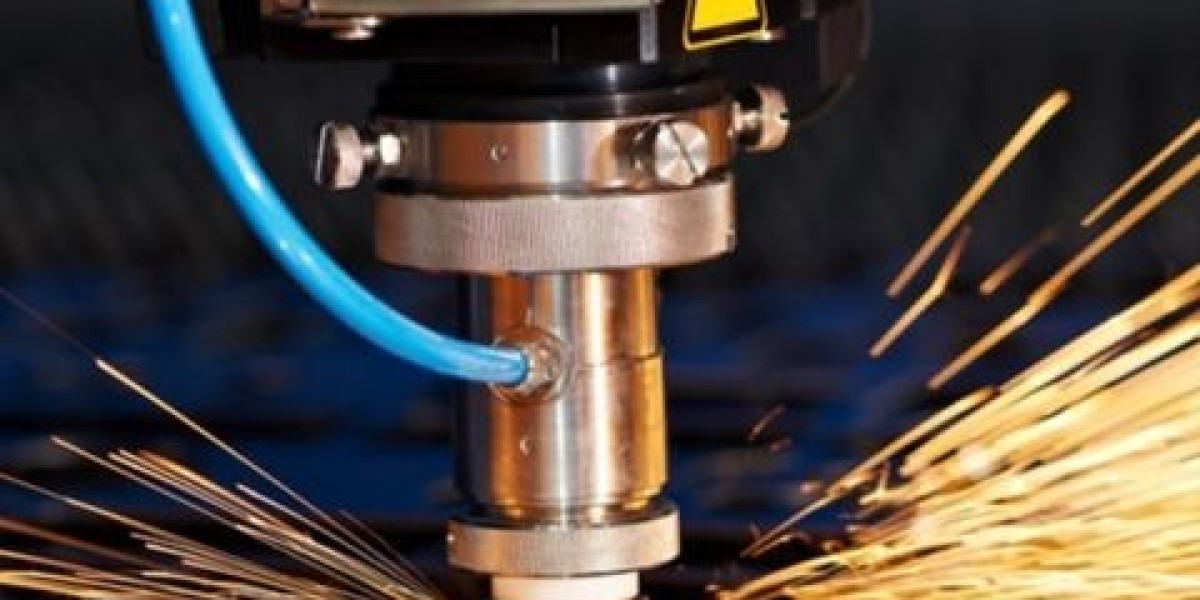Laser welding stainless steel has become a pivotal technology in modern manufacturing. From precision medical devices to the automotive industry, the use of laser welding for stainless steel has revolutionized the way we approach metalworking. In this guide, we will explore the benefits of laser welding stainless steel, common applications, and the techniques that make it such an effective method.
What is Laser Welding?
Laser welding involves using a concentrated laser beam to melt and fuse materials together. The laser's high intensity and precision make it ideal for working with metals like stainless steel. The process can be automated, making it perfect for mass production, and it delivers strong, clean, and precise welds with minimal distortion.
Benefits of Laser Welding Stainless Steel
Precision and Accuracy: One of the key advantages of laser welding stainless steel is its precision. The laser’s beam can be focused into a tiny point, allowing for highly accurate welds in tight spaces. This makes it particularly useful for industries that require high-quality, small-scale welding, such as electronics and medical devices.
Minimal Heat Affected Zone (HAZ): Traditional welding methods often result in a large heat-affected zone, which can lead to warping or weakening of the material. With laser welding, the heat affected zone is much smaller, ensuring that the stainless steel retains its strength and durability in the areas surrounding the weld.
Speed and Efficiency: Laser welding is faster than many conventional methods, which helps reduce production times and costs. The process also reduces the need for additional cleaning or post-weld treatments, leading to a more efficient operation.
Low Distortion: Because of its precise control, laser welding results in minimal distortion compared to traditional welding methods. This is especially important when working with thin sheets of stainless steel, where even minor warping can affect the final product.
Versatility: Laser welding is compatible with a wide variety of stainless steel grades and thicknesses, providing flexibility for manufacturers working with different types of stainless steel materials.
Applications of Laser Welding Stainless Steel
Laser welding stainless steel is used in numerous industries, including:
Automotive: Laser welding is ideal for creating lightweight, high-strength parts for the automotive industry. It is commonly used to weld components such as exhaust systems, fuel tanks, and body panels.
Medical Devices: The medical industry benefits from laser welding because of its precision. Stainless steel components used in surgical instruments, implants, and medical devices often require the clean, strong welds that laser technology provides.
Aerospace: The aerospace industry also relies on laser welding for stainless steel components, especially where lightweight and high-strength materials are essential for safety and performance.
Jewelry: Jewelers have adopted laser welding to create intricate designs and repair fine jewelry without damaging delicate gemstones or settings.
Techniques in Laser Welding Stainless Steel
Laser welding stainless steel is performed using two primary techniques: conduction welding and keyhole welding.
Conduction Welding: This technique is often used for welding thin sheets of stainless steel. The laser's energy melts the surface of the material, creating a pool of molten metal that solidifies to form the weld. Conduction welding is ideal for providing clean, high-quality welds with minimal heat input.
Keyhole Welding: In this method, the laser beam creates a small hole, or "keyhole," in the material, which is filled with molten metal. Keyhole welding is ideal for thicker materials and provides deeper penetration, resulting in stronger welds.
Both techniques offer distinct advantages depending on the application and the thickness of the material being welded.
Conclusion
Laser welding stainless steel is an indispensable technique in modern manufacturing, offering numerous benefits such as precision, speed, and minimal distortion. Its versatility makes it suitable for a range of industries, including automotive, aerospace, medical devices, and jewelry. As technology advances, the use of laser welding for stainless steel will continue to evolve, driving innovation in various fields. By mastering laser welding techniques, manufacturers can ensure that their stainless steel products meet the highest standards of quality and durability.



